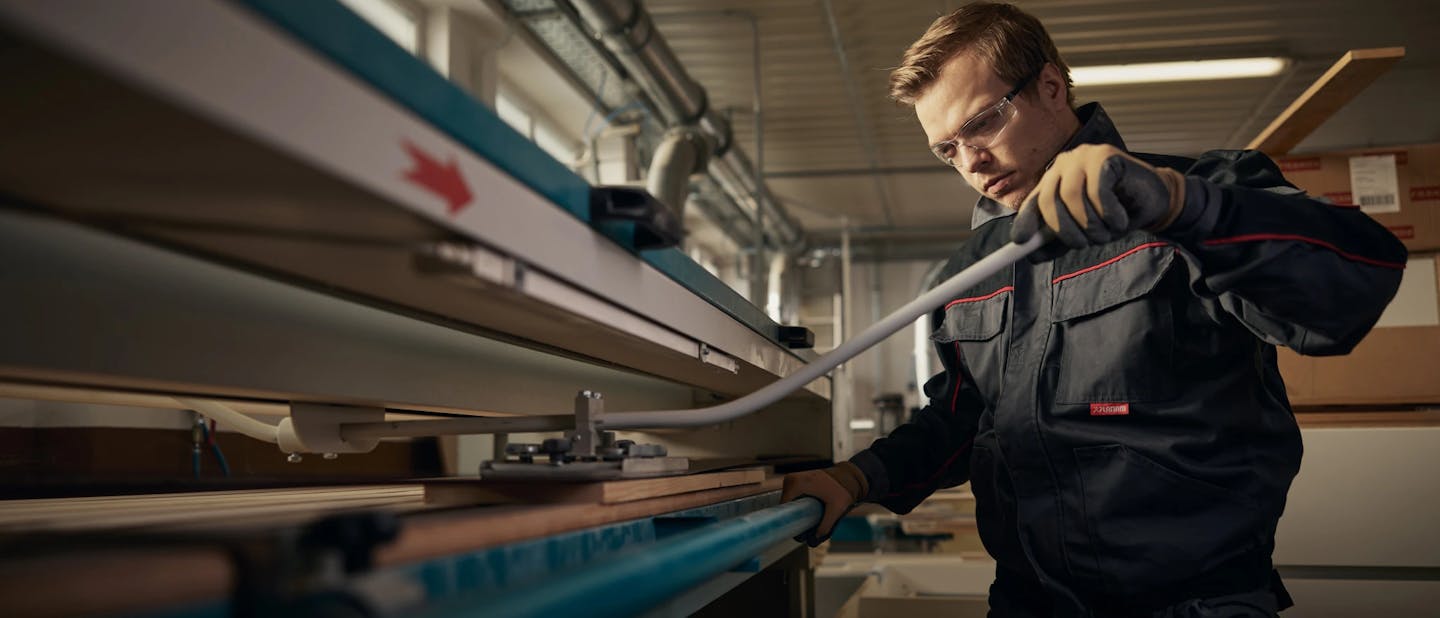
Best Sanding Belt for Metal
Working with metal can be a challenging task, especially when it comes to achieving a smooth, polished finish. Choosing the best sanding belt for metal is therefore important to achieve the desired results. With so many options available, it can be difficult to know where to start. In this guide, we’ll explore the top sanding and grinding belts for various metals, including aluminum, stainless steel, and copper, to help you make the right choice.
Factors to consider when choosing sanding belts
When it comes to metalworking, no single sanding belt fits all tasks. Your choice will depend on the type of metal you are working with, the equipment you're using, and the finish you want to achieve. Whether you're focusing on sanding aluminum, grinding copper, or blending welds, understanding the characteristics of the abrasive materials is essential for a smooth workflow and a high-quality finish.
Abrasive materials: What you need to know
One of the most important aspects of selecting the right abrasive for metal sanding or metal grinding is understanding the different types of abrasive grains available.
Aluminum oxide abrasive
This is one of the most common abrasives for sanding metal. It's durable, long-lasting, and performs well across a wide variety of metals. It's great option if you are looking for good price preformance option.
Silicon carbide abrasive
Known for its sharpness, silicon carbide abrasive is great for grinding aluminium and composite materials. It's also ideal for polishing metal and delivering a finer finish.
Zirconia abrasive
If you're looking for a more aggressive material that provides long life and fast stock removal, zirconia abrasive is a great option. It works well for heavy-duty applications like grinding stainless steel and other durable metals. It’s a top choice for professionals dealing with larger surfaces or high stock removal.
Ceramic abrasive
For ultimate durability, ceramic abrasive stands out. It excels in high-pressure grinding situations and is ideal for abrasive for stainless steel or exotic metals. It’s also fantastic for preventing metal overheating during grinding, as it generates less heat than other abrasives.
Specific applications: matching the belt to the metal
Grinding aluminum
Aluminum can fill belts quickly, so a belt with anti-clogging properties is often the best choice. This helps prevent excessive heat buildup and ensures a smooth finish.
Grinding copper
Copper is soft, so using a zirconia alumina abrasive can help cut through the metal quickly without clogging the belt. For a finer finish, silicon carbide is also an excellent option for polishing metal.
Stainless Steel
These materials require more aggressive abrasives due to their strength. Zirconia and ceramic abrasives offer the necessary toughness to handle these metals effectively, especially when grinding stainless steel or working with heat-sensitive metals.
Maximizing belt life and reducing costs
One of the key concerns in metalworking is the cost of sanding belts and how long they last. Abrasive belts can wear out quickly, especially when working with hard metals like stainless steel.
Here are some tips to extend the life of your belts:
Use the right abrasive for the job - choosing the best sanding or grinding belt for your specific metal will reduce wear and tear
Monitor pressure - too much pressurecan wear out belts prematurely and even damage your workpiece
Proper storage store belts in a dry, cool environment to avoid moisture damage, which can degrade the quality of the abrasive material
By keeping these factors in mind, you can maximize the belt life in sanding and reduce the cost of sanding belts over time.
Safety considerations for metal grinding
Metal grinding can be dangerous if proper safety precautions aren't taken. Here are some key tips to ensure you stay safe:
Always wear appropriate safety gear for metalwork, including gloves, protective eyewear, and ear protection
Overheating can damage both the metal and the abrasive belt. Be mindfull of temperature
Ensure your grinding or sanding equipment is well-maintained to prevent accidents and ensure smooth operation
Proper ventilation is essential when working with metal to avoid inhaling hazardous particles or fumes
Selection tips for metal sanding belts
Identify your metal
Different metals require different abrasive materials, so knowing whether you’re sanding or grinding aluminum, stainless steel, copper, or exotic metals is the first step.
Choose the right abrasive
Match your metal to the abrasive type. For example, zirconia alumina is great for hard metals, while silicon carbide works well for heat-sensitive metals.
Determine the belt size
Select a belt that fits your machine and is suitable for your project’s scale—whether it’s large surface grinding or detail work.
Conclusion
Choosing the best sanding belt for metal depends on understanding the properties of both your metal and the available abrasive materials. From aluminum oxide abrasive for general metalwork to ceramic alumina for tougher applications, there’s an ideal option for every task. By selecting the right belt and following best practices for belt life and safety, you can achieve excellent results, no matter the project.
If you’re still unsure about which belt is right for your metalworking needs, don’t hesitate to contact us.
Contact us